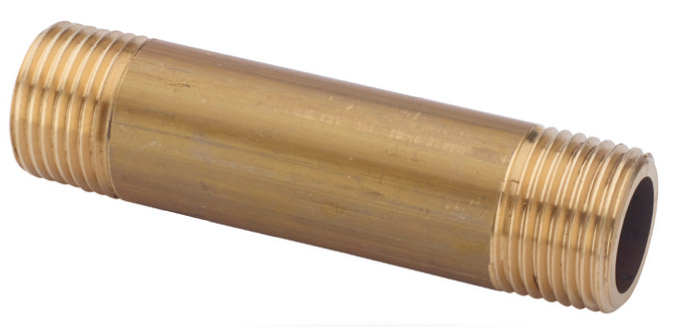Competitive brass hydraulic fittings processing
Numerically controlled transfer machines make the processing of hydraulic fittings easy and effective

The correct quality-price ratio when producing brass hydraulic fittings, often called generic fittings, can only be obtained with cutting-edge machines combined with purposely-studied tools that make it possible to carry out multiple processing in a single operation. The study of the tool shape results in fast and precise processing.
The machines used to produce hydraulic fittings are called transfer machines, a special machine with multiple heads that work simultaneously and in a sequential manner on pieces that are placed in front of them. The processing is divided into shorter processes that make the machine economic.
Accompanying these machines that process hydraulic fittings is quality control, which immediately identifies process deviations through advanced statistical methods and tools such as computerised three-dimensional identification.
When processing and checking hydraulic fittings, procedures defined by an ISO9000 system are also followed because they give precise indications to each operator so that everyone always knows what to do at every moment.
The machines used to produce hydraulic fittings are called transfer machines, a special machine with multiple heads that work simultaneously and in a sequential manner on pieces that are placed in front of them. The processing is divided into shorter processes that make the machine economic.
Accompanying these machines that process hydraulic fittings is quality control, which immediately identifies process deviations through advanced statistical methods and tools such as computerised three-dimensional identification.
When processing and checking hydraulic fittings, procedures defined by an ISO9000 system are also followed because they give precise indications to each operator so that everyone always knows what to do at every moment.
16/03/2017
I contenuti di questo sito non hanno carattere di periodicità e non rappresentano 'prodotto editoriale'.








